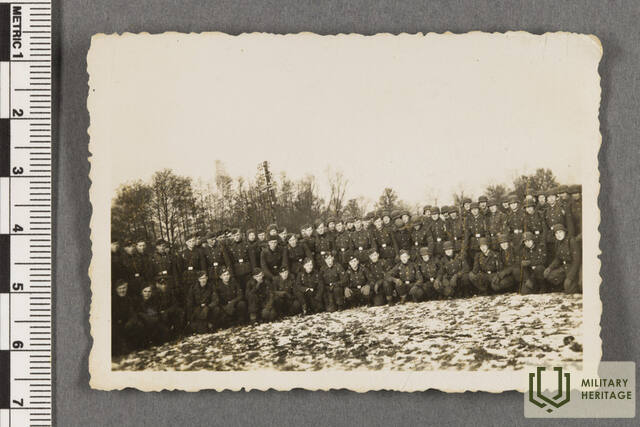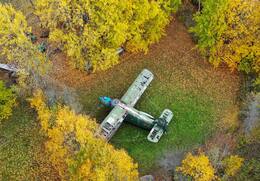Estonian Legion II World War II
Hypernym of Estonian military units in the German Waffen-SS during the Second World War.
State ideology in Germany forbade any non-Germans from joining the Wehrmacht, but the state on the war front and the necessity of maintaining order on occupied territories forced Germans to make concessions in 1941 to allow for military units comprising locals from occupied territories to be formed in the Waffen-SS under the command of an SS officer. The Waffen-SS was an armed branch of the paramilitary security organisation SS (Schutzstaffel) formed in Germany in 1925. The Waffen-SS was separate entity from the Wehrmacht and the Police and by the end of the war this secondary army of the Nazi Party comprised 38 divisions (not all were the size of a division). Recruitment followed Nazi racial ideology.
On 28 August 1942, the 1st anniversary of the capture of Tallinn, voluntary recruitment into the Estonian SS-Legion was declared. Estonian interest in joining the Legion was mild, Estonians would've preferred to fight only for their homeland. By winter, one battalion had been formed, the Estonian Volunteer Panzergrenadier Battalion Narwa (Estnisches SS-Freiwilligen-Panzergrenadier-Bataillion Narwa), comprised largely of men from security units and defence battalions. In April 1943, it was separated from the Legion and sent to join the SS Panzer Division Wiking on the Eastern front in Ukraine.
On 31 March 1943, the Legion was officially named the Estonian SS Volunteer Legion (Estnische SS-Freiwilligen-Legion). Forced mobilisation was used to recruit more men for the legion. On 5 May 1943, the Estonian SS Volunteer Brigade (Estnische SS-Freiwilligen-Brigade) was formed from the conscripts. On 24 January 1944, it was reorganised into the 20th Estonian SS Volunteer Division (20. Estnische SS-Freiwilligen-Division). On 26 May 1944, the division was renamed the 20th Estonian Waffen Grenadier Division of the SS (20. Waffen-Grenadier-Division der SS (estnische Nr. 1)). SS-Brigadeführer (Major General) Franz Augsberger was commander of the Estonian Legion. The highest-ranking Estonian officer in the Legion was his deputy SS-Obersturmbannführer Alfons Rebane.
The 20th Estonian SS Division participated in battles on Estonian territory from February to September in 1944 and later in Silesia and Czechia until the end of the war. In September 1944, the division comprised 15,400 men, the majority of them Estonians. Around one third of them were volunteers.
Your comments
Good afternoon! Thank you for your comment. The description of this topic in Latvian is a machine translation from English. We recommend reading the original text in English: https://militaryheritagetourism.info/en/military/topics/view/12 Sincerely, "Rural Traveller"







The linguistic chaos in the article is very annoying. It's not "Estonian Legion," but "Estonian Legion." You can't just write it like that - "panzergrenadiers", in essence they are heavily armed grenadiers (therefore together with armored vehicles), but you should probably write "grenadiers", as it has traditionally gone, instead of using such a barbarism created from the German language. Why should the name of the battalion be written as "Narwa," when it can be done normally - "Narva"? The original German spelling can (and should) be indicated in parentheses, it helps better understanding and avoids misunderstandings. There is already everything, but laziness to take more. Good luck! Little Green